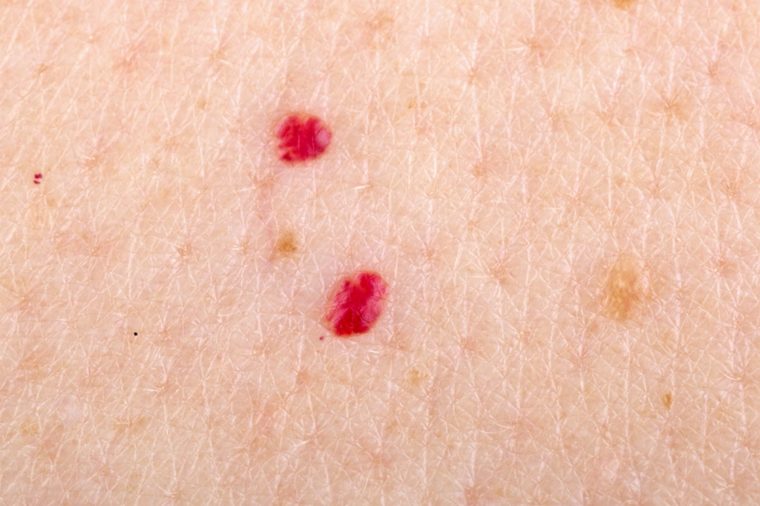
Skin Tags

Here at Revival Medi Spa we tailor treatments and home plans to combat your skin concerns. We have a variety of advanced treatments, and we understand each client has different needs. Because of this, we ensure we conduct a thorough skin diagnosis prior to starting any treatment.
Skin tags are common, painless, noncancerous growths that are found in many areas on the skin. They are connected to the skin by a peduncle – a small, thin stalk.
Skin tags can be located anywhere on the body and are mostly found on both men and women after the age of 50. They’re commonly found on the:
- Armpit area
- Breast area
- Eyelids
- Groin area
- Thighs
- Neck

Treatment Options
Dermapen Cryo allows practitioners to remove unwanted lesions in as little as a few seconds. Delivering a precise jet of highly compressed liquefied nitrous oxide (N2O), Dermapen Cryo effortlessly removes benign imperfections including warts, skin tags and lentigines.
How do you remove skin tags?
Smaller skin tags may remove themselves by rubbing off on their own, however for the most part skin tags stay attached.
Skintags don’t generally require treatment, however if a skin tag causes you pain or bothers you, they can be simply removed. It is not a good idea to try to remove skin tags by yourself, despite many online resources offering instructions on how to remove them at home, which can cause infection and other side effects.
Skin Specialists can remove skin tags by using medical grade procedures such as Cryotherapy, which removes the skin tag by using liquid nitrogen to freeze the skin.
You should exercise caution while shaving the skin around skin tags. While shaving a skin tag won’t cause any permanent damage, prolonged bleeding and pain is common.
How do I know if I have a skin tag?
A skin tag can be differentiated from moles or other skin growths by the small stalk they hang from – the peduncle. Skin tags can vary in size, shape and texture and colour, however most skin tags are small – usually smaller than 2mm in size. If a skin tag twists it may lose blood flow and turn black, however they can also be skin coloured or darker than the surrounding skin.
It is important to note that while skin tags may become irritated if they rub on necklaces, clothing or other areas of skin, they don’t become skin cancer.
What causes skin tags?
Due to the location that skin tags normally appear – in areas where the skin folds, friction may cause skin tags – however the exact cause is unclear.
Skin tags can also be a side effect of pregnancy, a hormone imbalance, insulin resistance, or according to a 2008 study – the human papillomavirus (HPV). Skin tags aren’t contagious, however it isn’t uncommon to see the development of skin tags in people who are related, so there may be a genetic factor in the development of skin tags.
You may be at greater risk of getting skin tags if you:
- Are overweight
- Are pregnant
- If your family members have skin tags
- If you suffer from diabetes or have insulin resistance
- Have HPV




